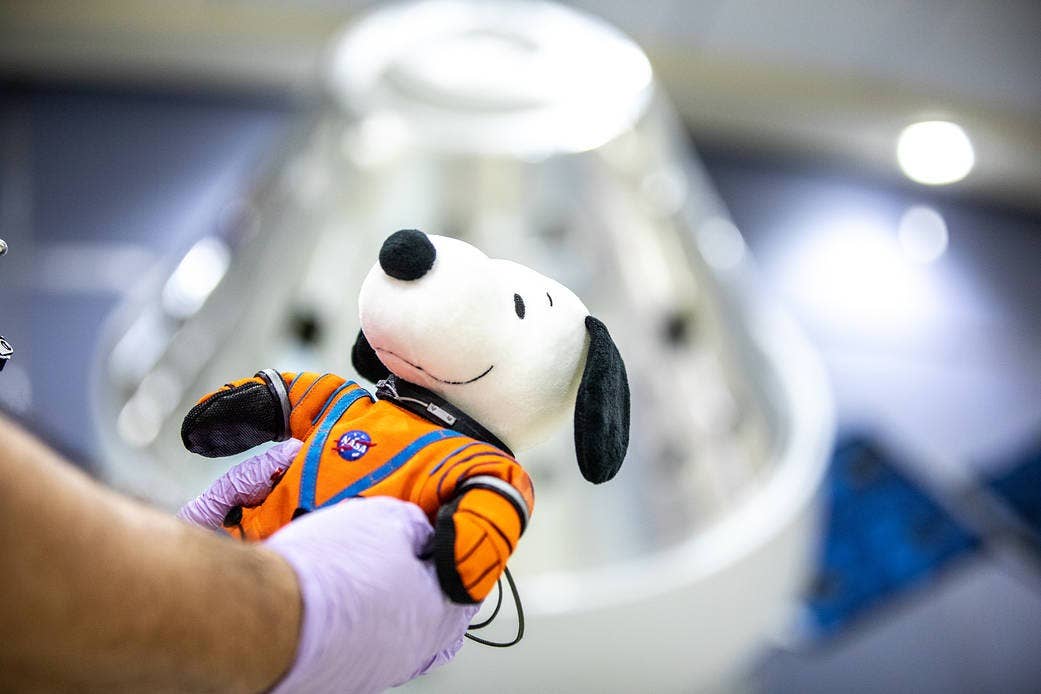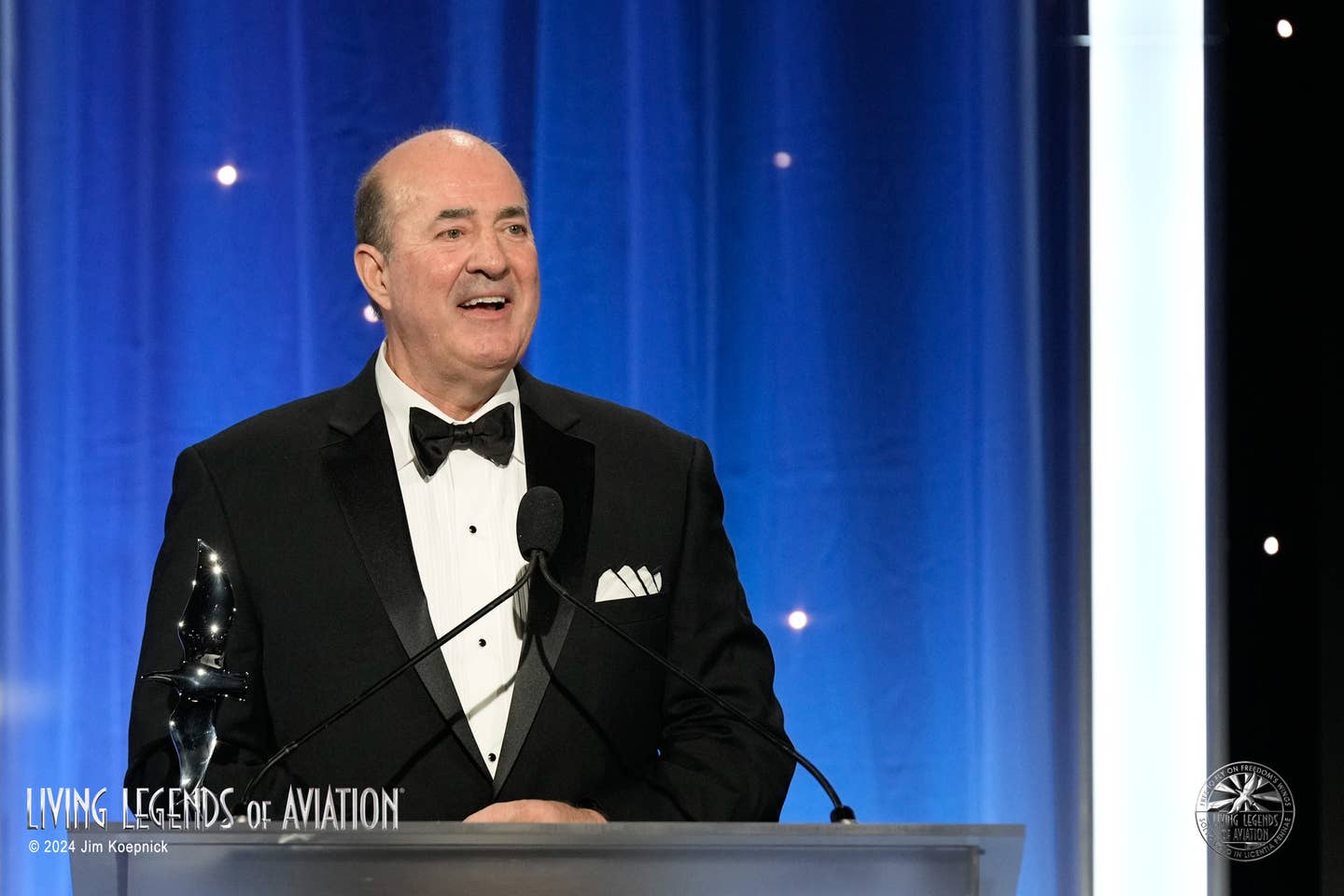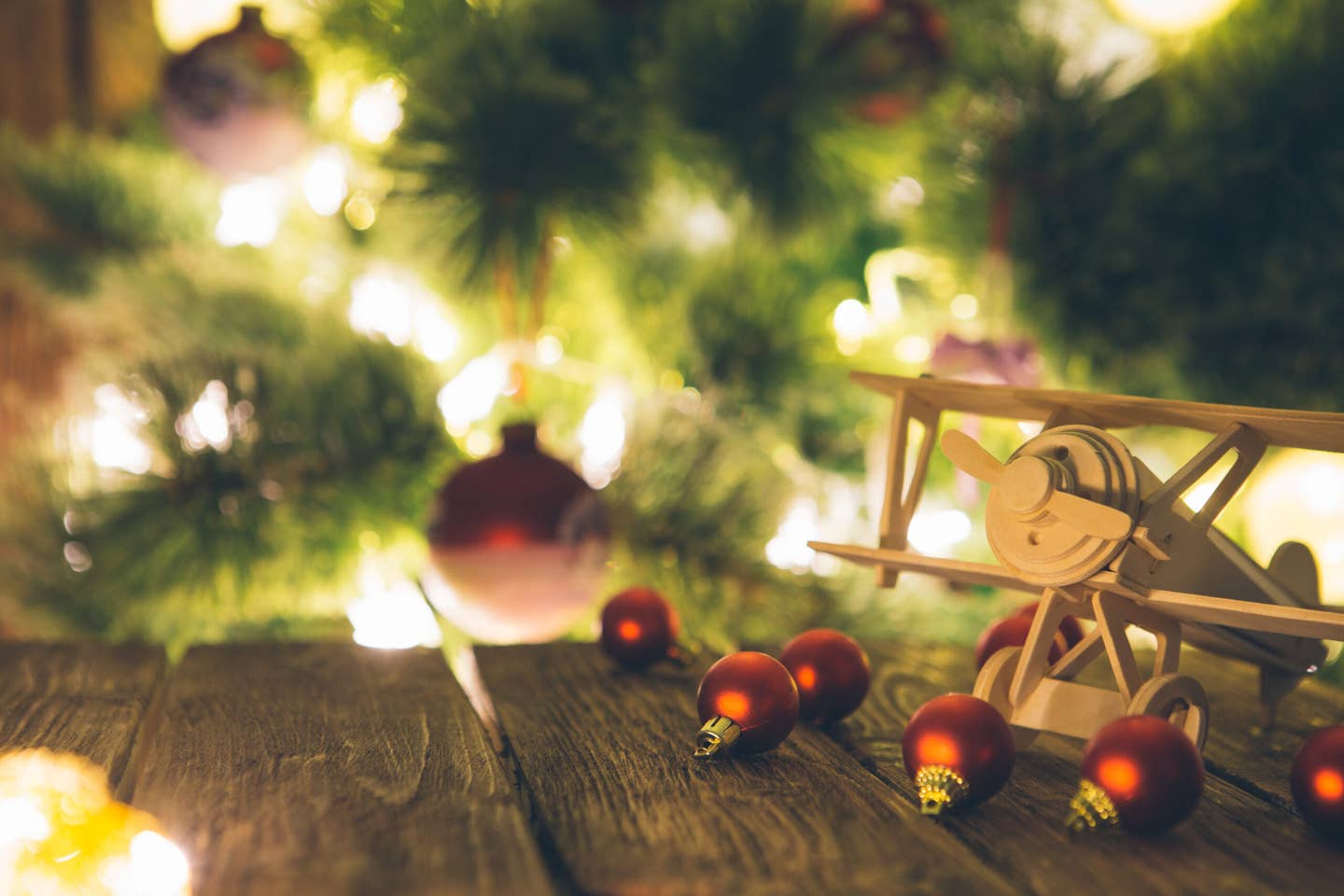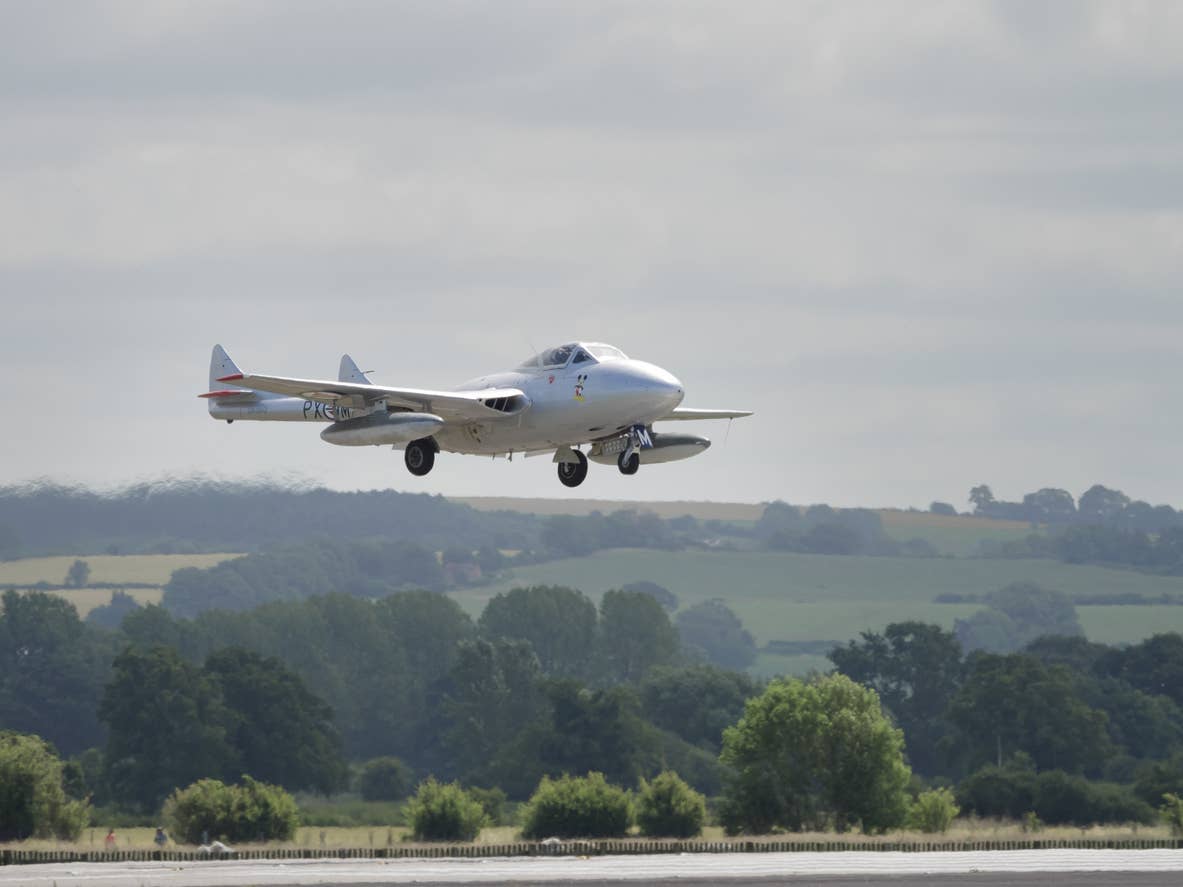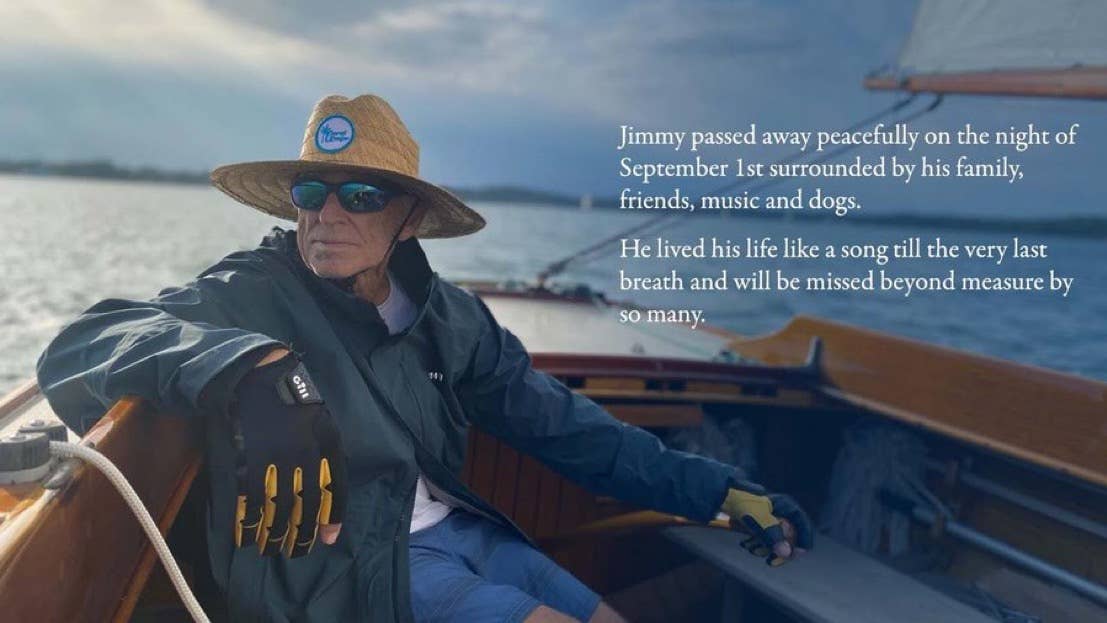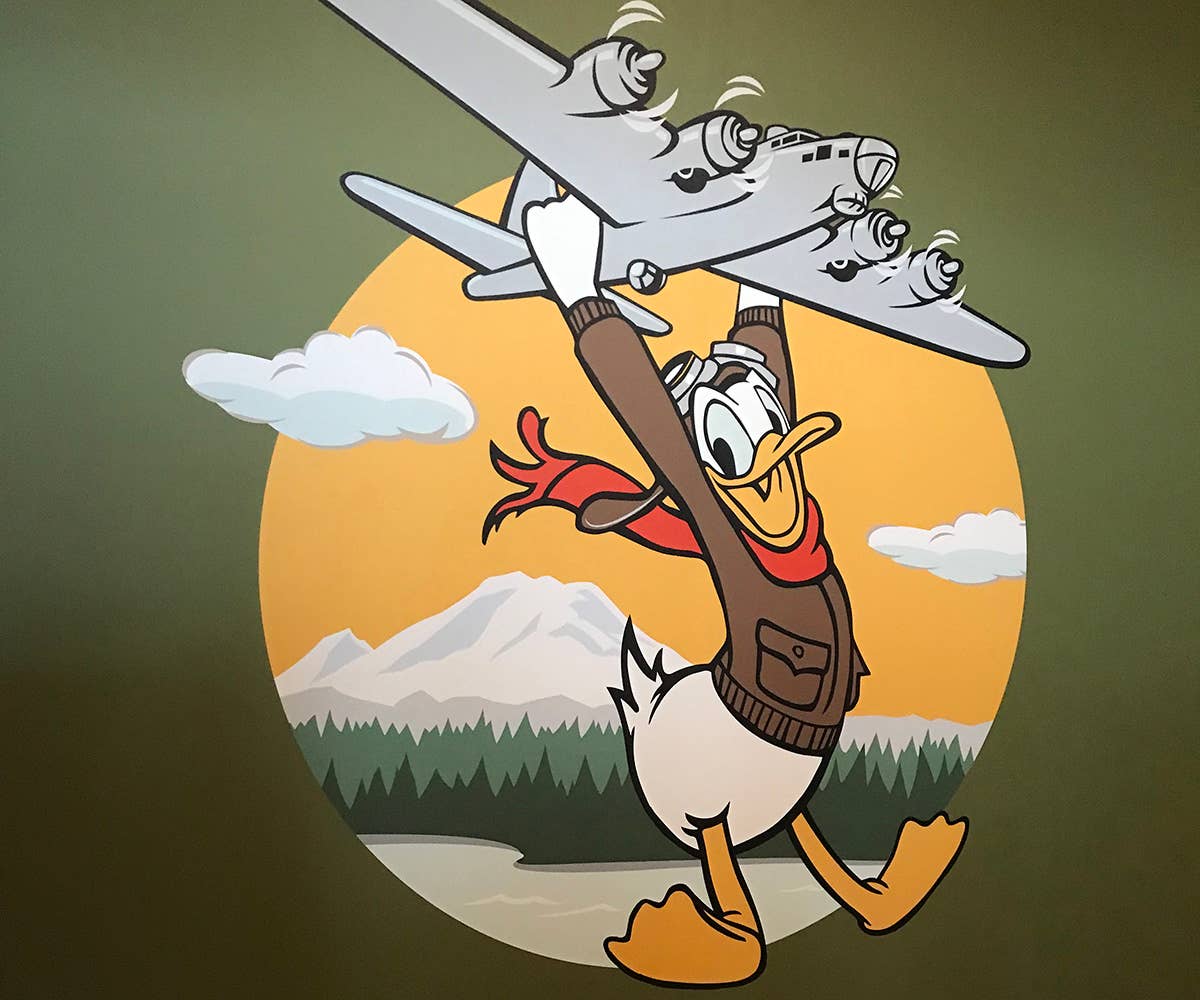
When World War II broke out, everyone in America did their part for the war effort—including Walt Disney.
You can see it for yourself at the Museum of Flight (MOF) in Seattle in the new exhibit The Walt Disney Studios and World War II. The exhibit is made possible through a partnership with the MOF and The Walt Disney Family Museum in San Francisco.
Housed in the Red Barn, the exhibit walks visitors through time, telling the story of Walt Disney Studios and its extensive contributions to the Allies’ war effort.
The exhibit includes 550 examples of rare historical objects and film clips. Exhibit curator Kent Ramsey—a self-described aviation and Disney enthusiast—describes the exhibit as a labor of love, one that he has a very personal connection with because his uncle, Captain John G. Austin, was part of an aviation reconnaissance group during World War II.
"Disney's insignia design team created two clever insignias for my uncle's photo reconnaissance group," Ramsey explains. "Unfortunately, my uncle was shot down and killed one month before the war ended in Europe, and for me, the exhibition serves as a salute to his supreme sacrifice."
How Disney Supported the War Effort
The war in Europe began in September 1939. Although the U.d S. did not officially enter World War II until 1941, the Disney company was already feeling the impact of the conflict as early as 1940. That year, the studio released Fantasia and Pinocchio, two full-length features. Both movies proved to be financial flops.
Walt Disney, like so many other Americans, was at home on Sunday morning, December 7, when the Japanese bombed Pearl Harbor, drawing the U.S. into the conflict. Within hours of the attack, an anti-aircraft gun was placed in the parking lot of the Disney Studio in Southern California to protect the Lockheed aircraft factory next door.
Disney, born in 1901, was too old to be drafted. He was, however, eager to serve his country. During World War I, he dropped out of school at the age of 16 and tried to enlist, but he was rejected for being too young. He was able to find work as an ambulance driver for the Red Cross and would spend a year in France, but by the time he arrived there, the war had ended.
When World War II began, Disney pledged the studio would focus 90 percent of its wartime output to the war effort and this work would be done not for profit.
Cartoons with a Message
As most people associate Disney with fun and games, the cartoons with a message shown in the MOF exhibit are very much an eye-opener. The Disney Studios produced cartoon films that taught technical skills such as welding and riveting, vital skills for the ship-building and aircraft-manufacturing industries. With a cartoon, images could be rotated for a three-dimensional X-ray view. For the armed forces, Disney produced training films on everything from how to navigate a ship, basic aerodynamics, and the dangers of airframe icing.
For the home front, Disney produced comic strips and cartoons to explain what was happening in Europe, and lots of propaganda and morale posters, covering everything from nutrition (the importance of eating a balanced diet so you would have stamina to do your war work) to the civic duty of paying your taxes.
Disney also used cartoons to foster good relations with South America, which was ostensibly neutral during the war. A whole slew of geographically appropriate anamorphic animal characters were also created.
Cartoon Characters Become Unit Mascots
Disney's anamorphic animal characters went from entertaining to inspirational, as they became insignia patches for various military units. The patches were created on request. Disney had a special squad who would field the letters sent from various military outfits asking for a custom patch. A pencil drawing would be created, often using existing Disney characters, then colors would be added to create the insignia. The finished work was sent back to the unit, and kept as a template. The most skilled artist in the outfit would then paint the design on aircraft, buildings, jackets, water towers—you name it.
The Disney insignia squad turned out more than 1,300 unit patches—and a great many of them have been recreated and are on display as part of the exhibit.
Disney did a lot of art for aviation—as noted in a 1940s issue of FLYING, which is a part of the exhibit as it carries a story about the unit insignia that graced airplanes as nose art. There is also a model of the B-17 Wabash Cannonball sporting an image of Disney’s Goofy character.
One of the most famous designs in the exhibit is Fifinella, the shapely she-gremlin in aviation gear that is the mascot of the Women Airforce Service Pilots. Fifi, as she is known to her friends, was created at the request of WASP founder Jacqueline Cochran. At the time, Disney was exploring the idea of turning Gremlins, a children's book by Royal Air Force pilot-turned author Roald Dahl, into a movie. Gremlins were mythical creatures blamed for aircraft mishaps. Fifi was created from one of the gremlin sketches. A superstition held that when a WASP flew with Fifi on her wings, she was protected.
Although today Mickey Mouse is the most popular Disney character, Donald Duck was the most-often used character in World War II insignia. He appeared in no fewer than 146 designs. The Duck, who even in peace time was usually depicted wearing a sailor's blouse and cap, was a natural for the armed forces because of his reputation for patriotism—not to mention his willingness to fight. He also starred in a number of morale and training films, such as Commando Duck.
Disney Loses Animators to the War
The war cost Disney some animators. Most of its artists were men who were either drafted or enlisted. In addition, those of Japanese descent were forcibly relocated to internment camps by Executive Order 9066, which removed the Japanese from the West Coast.
The exhibit notes that there were few women in the animation department when the war began, and like they did in so many other industries, women were called upon to fill these non-combatant jobs. At the end of the war, Disney offered the now-skilled women animators and artists the option to stay.
The exhibit opens at the MOF on July 9 and will remain until February.

Subscribe to Our Newsletter
Get the latest FLYING stories delivered directly to your inbox

